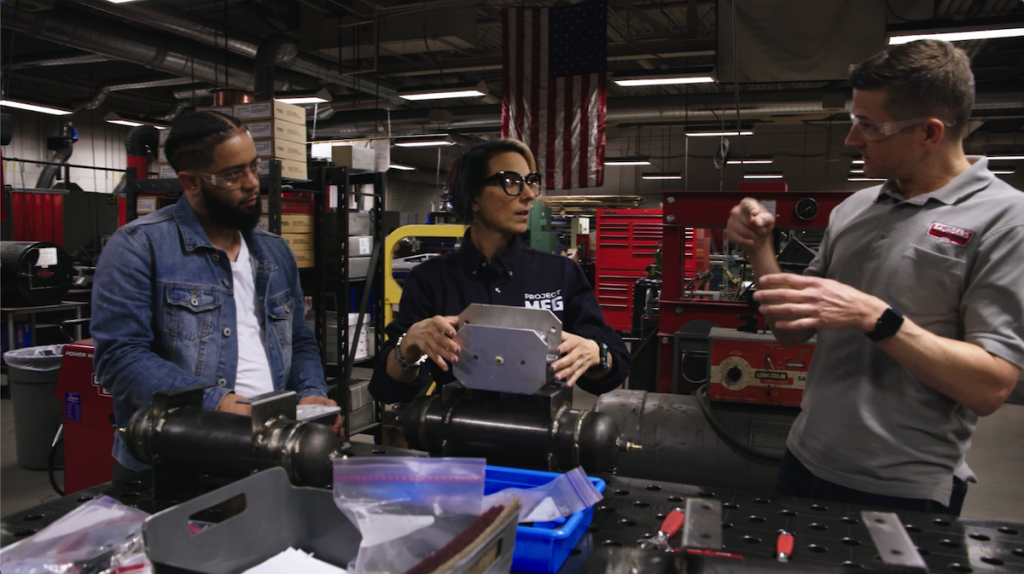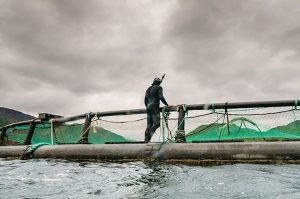
After more than 35 years of operation, TBI is closing its doors and our website will no longer be updated daily. Thank you for all of your support.
TBI Weekly: Why it’s time to embrace brand-funded production
Shayna Waldman, development and production executive at Clash Of Trades producer The ATS Team, takes the pulse of the TV advertising market and explains why producers are riding the new wave of brand-funded content.
In an era of increased advertising fatigue and lessening budgets, audiences are becoming less receptive to traditional forms of advertising, such as interruptive commercials. Brands are consistently seeking new ways to reach their target audience and connect with them on a deeper level. As the TV industry continues to see rising costs of production and increased competition to catch audience attention, channels are looking to co-productions to bring in more finance opportunities.
If this feels like the beginning of a doom and gloom grievance, you’re wrong. Producers are here to welcome brands (and their pockets) with open arms. Brands have always had spending power for content, but have notoriously used it to directly address and promote their products or services. We’re long overdue a new way of thinking about advertising.
Brand message
Disguised as editorial content, this new wave of brand-funded production is providing audiences with engaging and entertaining content that feels less like an advertisement and more like a piece of storytelling. It involves a message that suits the brand being taken to audiences in a different kind of package – TV content they actively choose to engage with like any other series they watch, and less like an ad they endure during breaks.
Take our competition series Clash Of Trades. The idea was to creatively inform audiences of Project MFG, the company sparking a US trades industry revolution, whilst also making the funding sponsors happy. The final production was a competition show that audiences found exciting, in a reality show format, centred around the main goal of raising awareness of the jobs that exist within the US trades industry. There’s another proof point here on using content to promote messages that can physically incite change, awareness and movement in a certain direction – like encouraging potential recruits towards an industry. Last but not least, it also featured sponsor presence throughout the games and competition itself. This project really proved that there are ways to make fun and attractive content that’s appealing for audiences and sponsors alike.
This new landscape offers an incredible amount of opportunities for brands, channels and producers to work together. Channels are increasingly looking to find efficiencies and have become more open to working creatively with brand finance. By funding the creation of content that aligns with their values and messaging, brands are able to build trust and credibility with target audiences, resulting in increased brand awareness, engagement, and loyalty.
In addition to the numerous ways that high quality content can add value for a brand, the less branded a piece of content is, the more significant the opportunity for it on the backend in the acquisition stage. This can offer a possible avenue for a brand to recoup their hard costs. The content can serve as an expression of the brand’s mission statement, driving awareness of the brand itself or of the problem the brand is seeking to address, whilst remaining financially opportunistic for them.
Raising ships
Brand-funded content in television provides the ability to create a more immersive experience for the audience and create a more emotional connection with viewers by aligning to their interests and values. It not only allows brands to push their products and services, it further allows them to shift the conversation, bring awareness, and even drive change.
Patagonia has long been a pioneer in funding thought provoking, mission driven content. Artifishal: The Fight To Save Wild Salmon hit 4.5 million views on YouTube and their film, Public Trust: The Fight For America’s Public Lands, has gone on to be multi-award winning. These films have the power to drive significant change in the world by awaking the audience to potentially overlooked issues.
Red Bull, known for an extensive and rich history in brand-funded content, recently launched its own studio. Their premiere of The Real Mo Farah on BBC One in the UK revealed, for the first time ever, Mo’s painful discovery of how he was brought to the UK illegally as a child. Not only was this documentary powerful on an international scale, it was able to tip the scale of public perception surrounding illegal immigration.
Another great example of purposeful but entertaining content is Finding Your Roots and Who Do You Think You Are? Both are funded by the genealogy super-house, Ancestory.com, and illustrate how meaningful the experience of using DNA to find explore personal history can be.
Let’s be honest, people aren’t turning on their device to tune into the latest ads. So why not look to use funds on a piece of content that does both – entertains AND drives value for the brand and the audience? When you make entertainment and purpose the priority, value will naturally follow. And we all know that this industry is due some new routes to funding and to market in order to help raise more of its ships.
Shayna Waldman is development and production executive at The ATS Team, a production company and union signatory set shop based in Los Angeles, London and Lisbon, which recently launched an original content production arm. It specialises in creating original formats, and designing and constructing television competition obstacles and sets for shows such as ‘Ninja Warrior.’





